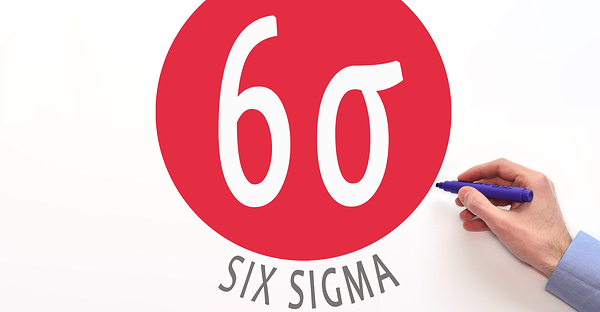Design for Six Sigma
by Kenneth Crow, DRM Associates
– 2002 DRM Associates All rights reserved. May be used with attribution. Other use prohibited.
Design for Six Sigma (DFSS) focuses on developing products that meet customer needs with very low defect levels.
Six Sigma initiatives have achieved recent popularity because of their bottom line focus versus previous TQM initiatives which often tended to be unfocused. General Electric, one of the leaders in Six Sigma programs defines its key elements as:
- Critical to Quality: Attributes most important to the customer
- Defect: Failing to deliver what the customer wants
- Process Capability: What your process can deliver
- Variation: What the customer sees and feels
- Stable Operations: Ensuring consistent, predictable processes to improve what the customer sees and feels
- Design for Six Sigma: Designing to meet customer needs and process capability
Design for Six Sigma (DFSS) is the application of Six Sigma principles to the design of products and their manufacturing and support processes. Often the acronym DMADV (define, measure, analyze, design and verify) is used synonymously with Design for Six Sigma. While DFSS can apply to the design or a product, manufacturing process, business process or service, our focus in the paper is the development of new products.
In one respect, DFSS is the repackaging of many quality tools and techniques appropriate for product development into a framework. This framework contains many of the same elements as the Advanced Product Quality Planning (APQP) process used in the automotive industry.
ASQ’s Six Sigma Body of Knowledge covering Design for Six Sigma (DFSS) lists the following subheadings:
- Quality Function Deployment (QFD)
- Robust design and processes (includes functional requirements)
- Failure Mode and Effects Analysis
- Design for X (DFX)
- Special design tools.
General Electric defines the principles of DFSS as the following:
- Disciplined CTQ flowdown
- Controlled design parameters
- Product performance modeled and simulated
- Designed for robust performance and producibility
- Functionally integrated product development
- Quality ‘designed in’
The following represents our more specific list of elements of the DFSS framework:
- Understand real customer needs through voice of the customer (VOC) analysis.
- Use quality function deployment (QFD) to translate customer needs into critical technical characteristics of the product and ultimately into critical to quality (CTQ) characteristics of the product and process.
- Focus on designing for the lifecycle to minimize lifecycle costs with DFMA, value analysis and target costing/DTC and to enhance reliability with design for reliabilty and DFT.
- Mistake-proof the product and process.
- Perform failures modes and effects analysis (FMEA) or anticipatory failure determination (AFD) to identify potential failures and take corrective action to mitigate or prevent those failures. FMEA and AFD apply to both the design of the product and the design of the process.
- Develop capable manufacturing processes and select processes that are capable of meeting the design requirements, especially with CTQ parameters.
- Use design of experiments (DOE) or Taguchi Methods to optimize parameter values and reduce variation, in other words, develop a robust design.
- Verify and validate the the product design will meet customer needs with peer reviews, checklists, design reviews, simulation and analysis, qualification testing, production validation testing, focus groups and market testing.
- Measure results with DFSS scorecard; estimate sigma – do results meet quality target?
The Design for Six Sigma process is supported by our Product Development Toolkit.








